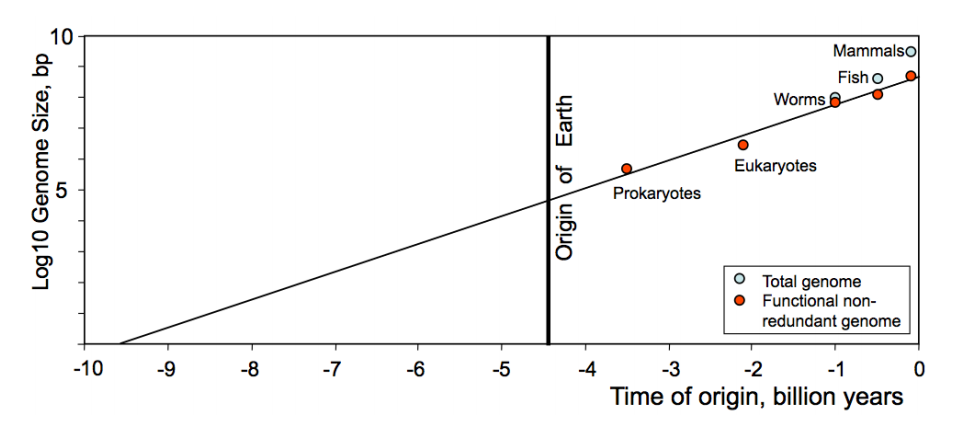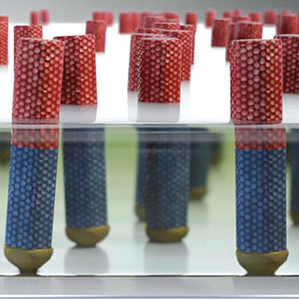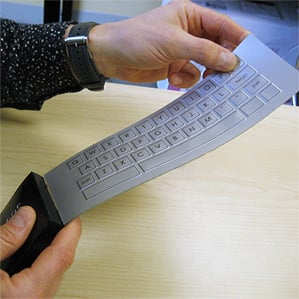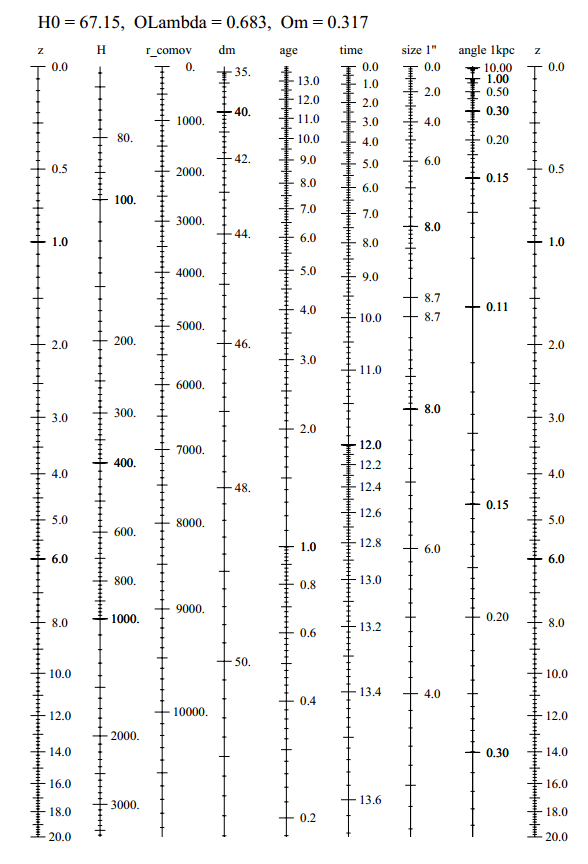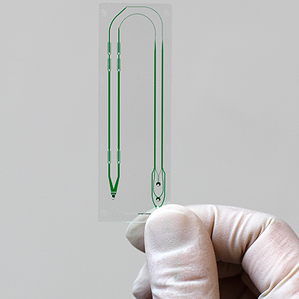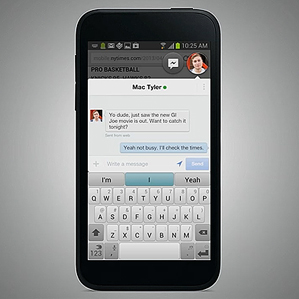
Small, modular nuclear reactor designs could be relatively cheap to
build and safe to operate, and there’s plenty of corporate and
government momentum behind a push to develop and license them. But will
they be able to offer power cheap enough to compete with natural gas?
And will they really help revive the moribund nuclear industry in the
United States?
Last year, the U.S. Department of Energy announced that it would
provide $452 million in grants to companies developing small modular
reactors, provided the companies matched the funds (bringing the total
to $900 million). In November it announced the first grant
winner—Babcock & Wilcox, a maker of reactors for nuclear ships and
submarines—and this month it requested applications for a second round
of funding. The program funding is expected to be enough to certify two
or three designs.
The new funding is on top of the hundreds of millions of dollars
Babcock & Wilcox has already spent on developing its 180-megawatt
reactor design, along with a test facility to confirm its computer
models of the reactor. Several other companies have also invested in
small modular reactors, including Holtec, Westinghouse Electric, and
the startup NuScale, which is supported by the engineering firm
Fluor (see “
Small Nukes Get a Boost,” “
Small Nuclear Reactors Get a Customer,” and “
Giant Holes in the Ground”).
The companies are investing in the technology partly in response to
requests from power providers. One utility, Ameren Missouri, the
biggest electricity supplier in that state, is working with
Westinghouse to help in the certification process for that company’s
small reactor design. Ameren is particularly worried about potential
emissions regulations, because it relies on carbon-intensive coal
plants for about 80 percent of its electricity production.
As Ameren anticipates shutting down coal plants, it needs reliable
power to replace the baseload electricity they produce. Solar and wind
power are intermittent, requiring fossil-fuel backup, notes Pat
Cryderman, the manager for nuclear generation development at Ameren.
“You’re really building out twice,” he says. That adds to the costs.
And burning the backup fuel, natural gas, emits carbon dioxide.
Nuclear reactors that generate over 1,000 megawatts each can cost
more than $10 billion to build, an investment that’s extremely risky
for a company whose total assets are only $23 billion. Power plants
based on small modular reactors, which produce roughly 200 to 300
megawatts,
are expected to cost only a few billion dollars, a more manageable investment. “They’re simply more affordable,” says
Robert Rosner,
coauthor of a University of Chicago study of potential costs that the
DOE has drawn on in evaluating the potential of small reactors.
The smaller size has other potential advantages. Siting a large
nuclear power plant can be difficult—it requires, for example, an
emergency planning zone extending 10 miles around the plant, Cryderman
says. That zone could be as small as half a mile for a small modular
reactor—in part because of its size and in part because the reactors
have added design features. For example, while the newest reactors—such
as the Westinghouse AP1000—are designed to keep the fuel cool for
three days without power, small modular reactors can be designed to go
without any power for weeks. He says that if the Nuclear Regulatory
Commission approves a smaller emergency planning zone, that could allow
Ameren to build nuclear power plants at old coal plant sites,
simplifying grid connections and other siting issues.
The smaller size is also an advantage in the United States, where
power demand is growing slowly and many utilities don’t want to add
multiple gigawatts at a time. The modular reactors are expected to take
much less time to build as well, so utilities need to forecast demand
only a few years out rather than more than a decade, Cryderman says.
Yet questions remain about the viability of small nuclear reactors.
While their up-front cost is lower than that of larger reactors, they
might prove to cost more per kilowatt of capacity—and per kilowatt-hour
of power generated.
Nuclear power plants are built large to achieve economies of scale.
“Designers could make the reactors put out more power, but they didn’t
have to increase the capital costs proportionally,” says
John Kelly,
deputy assistant secretary for nuclear reactor technologies at the
Department of Energy. The hope, he says, is that building the reactors
in factories will provide an alternative way to reduce costs—through
mass production. The small reactors are also simpler in some ways,
which can also reduce costs.
But whether those savings will be realized is uncertain. It’s not
clear how many reactors need to be built before the potential savings
from factory production kick in, and whether there will be enough
orders for reactors to hit those numbers. For that to happen, Rosner
suggests, the government may have to be the first customer, buying the
reactors for military bases or government labs.
Even once the final design is approved by the NRC, costs could prove
higher than expected once the plants are actually built. “Part of the
problem when you start in on these things, especially with a new
technology, is that all the news after you begin is bad,” says
Michael Golay, a professor of nuclear science and engineering at MIT. “Things never behave in an optimized fashion.”
Even if small reactors can compete with conventional nuclear power,
they still might not be able to compete with natural-gas power plants,
especially in the United States, where natural gas is cheap (see “
Safer Nuclear Power, at Half the Price”).
Their success will depend on how much utilities think they need to
hedge against a possible rise in natural-gas prices over the lifetime
of a plant—and how much they believe they’ll be required to reduce
carbon dioxide emissions.
“At the end of the day, we’ll build the lowest-cost option for
ratepayers,” Cryderman says. “If it’s too expensive, we won’t build
it.” The challenge, he says, is predicting what the lowest-cost options
will be over the decades new plants will operate.



